Proprietary reverse mortgages are an increasingly popular product. Proprietary products are similar to HECM reverse mortgages in many ways, but there are a few key differences. Below, we will cover how these products differ from HECM reverse mortgages.
Proprietary Reverse Mortgages: How are they different from HECM reverse mortgages?
First and foremost, the important thing you need to know is that proprietary products vary from lender to lender. Most lenders offer a proprietary product, but they are not all the same. That being said, we will give you information based on what most lenders do. Always be sure to ask your lender details about your proprietary product.
Maximum Lending Limit
The biggest difference is the maximum lending limit for proprietary products is significantly higher. HECM reverse mortgages have a maximum lending limit of $970,800, meaning if your house is valued at higher than this, your numbers will be based off of a $970,800 home value. In contrast, the lending limit for a proprietary reverse mortgage is normally around $4-5 million. This gives you access to much more equity.
Interest Rate
A big negative of proprietary reverse mortgages is higher interest rates. Proprietary products do not have the 0.5% MIP, but they normally have higher rates. These are about 2-3% higher than HECM reverse mortgages. You are still not required to make monthly principal and interest payments, but your loan will grow at a faster rate with a proprietary reverse mortgage. Most lenders proprietary products are still non-recourse, meaning if the loan outgrows the value of the home, you or your heirs do not have to pay the extra debt off. However, each lender is different and this is an important question you should ask your lender when inquiring about a proprietary product. Like HECM reverse mortgages, the borrower’s heirs still have access to all the equity left in the home after they pass.
No FHA Insurance
Proprietary reverse mortgages are not FHA insured. As previously mentioned, many lenders add guidelines similar to the FHA, but there is no government regulated guidelines for these loans. Make sure you talk to your lender about the kind of protections your proprietary reverse mortgage offers.
Quicker Access to Funds
With HECM reverse mortgages, the borrower only has access to 60% of the principal limit in the first year. With a proprietary product in most cases the borrower receives all of their funds after a 60 day oversight period. However, it is important to note that many proprietary products do not offer a line of credit or monthly payment option. If the lender does offer a line of credit, its draw period is typically reduced to 10 years.
Closing Costs
Due to the lack of FHA insurance, proprietary reverse mortgages do not have the 2% MIP included in closing costs. As a result, most proprietary reverse mortgages have lower closing costs than traditional HECM reverse mortgages.
